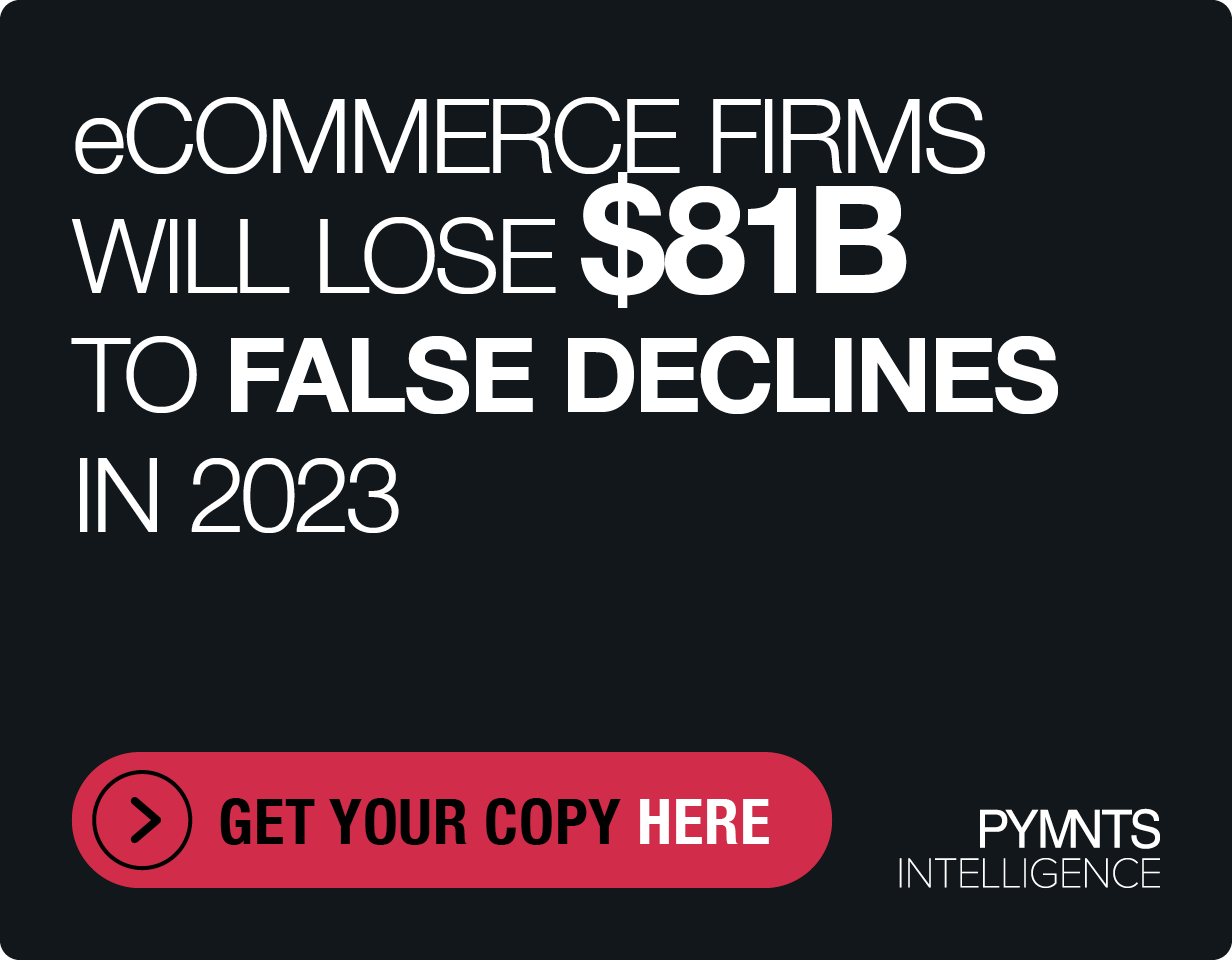From Friend’s Grandpa To Hip Elder Brother: Banks As Consumer Trust Anchors

Almost five years ago (on Dec. 19, 2013), Target was breached. Roughly 40 million consumer credit cards were hacked, and the public outcry of shock was massive. People could not believe an entity like Target could be so completely compromised.
Half a decade later, consumers are no longer so easily appalled since hacks, breaches and compromised data privacy have become a standard background noise in payments and commerce. Among the big breaches was Equifax, which saw most American adults’ personal information compromised. There was also Facebook’s Cambridge Analytica scandal, as well as the endemic “fake news” issues.
The cumulative effect for consumers, Karen Webster noted in this week’s Topic TBD conversation with Entersekt SVP of Product Niel Bester, has been a “nexus of uncertainty” when it comes to knowing what entities to trust.
That situation, Bester noted, creates an interesting potential opportunity for banks, as the marketplace is evolving into the digital era. In recent years, consumers have been burned by a lot of third-party relationships in regard to trust, which has left them “wandering about” as they try to build trusted advisor relationships with institutions when it comes to things like digital identity, financial services and payments. Banks — due to their longtime reputation as trusted partners, he noted — could have work in this arena.
“Banks have a solid trust foundation to build on, but there are a number of things they need to do to be invited more frequently into customers’ day-to-day lives,” Bester said. “I think five or 10 years ago, banks as an identity provider — rather than the social networks — wouldn’t have gotten much of a response from consumers. With the track record of the last few years, I think the market might be ready for an alternative message.”
There’s a big “if” here, he noted — namely, customers might be ready for that message if banks are ready to think about revising their brands and what they offer to their customer bases, once they start trying to build off that foundation of trust.
An Older Brother, Instead Of A Grandpa
When people think of their banking brands, Bester said, most people relate to them in the way they do “their friend’s grandfather.”
“In other words, it is a brand that is very trusted, but not necessarily one that I want to spend a lot of time with or even really like that much. It might look after me if I’m in trouble, but it is not part of my day-to-day life,” he explained.
Banks, Bester said, are respected and trusted because they are good vaults. The challenge is in working from that base to build a value proposition that goes beyond being a compliant place to stash funds. Banks have as much of a chance to lose out on this opportunity as they have to capitalize on it, he noted — if they can’t expand their role of trusted vault into one of a more consistent, trusted advisor and guide.
“For us, that meant starting with mobile and building up a presence that grew into mobile banking. And we think that is really where there is an opportunity to build the trust anchor,” Bester said.
That anchor might include information on how to avoid fraudsters, budgeting functions to prevent overspending or a hub to control a host of different kinds of spending, savings and investing accounts. The key, Bester said, is for banks to find their voice and use it to reach customers with what they do uniquely well.
That doesn’t mean banks need to imitate the social network or other third-party players out there. First of all, that isn’t something their customers want — no one is looking for their financial institution (FI) to fill that role in their lives. Second, he said, it doesn’t benefit banks to try to be something they’re not, but to be the best version of what they are in as many contexts as consumers need them.
“Instead of seeming like your friend’s grandfather, banks need to think about how to be the elder brother customers are looking for. That is, someone you are open to engaging with that protects you against difficult scenarios, but not someone that is looking to replace any relationship you have. Instead, it’s about helping customers engage how and where they want in a safe manner,” Bester said.
A Useful Co-Pilot
Adding value for consumers, he noted, isn’t a one-stop shop for FIs, because “value” is going to be defined differently by each customer and their individual risk profile. Banks can — and need — to build their service offerings so consumers can customize and build that toolset into the trusted financial co-pilot they want.
That might mean carving out what kinds of purchases should always be pushed through easily — such as transportation expenditures — and what should be dinged for more follow-up. For instance, a customer might very much like to know if a $2,000 TV has just been purchased on their account, Bester noted.
Another example might be spending guidelines — instead of being hit with a frightening or unmanageable bill at the end of the month, a customer might want a set of tools to ping them mid-transaction (while it is still easy to walk away), warning them that they are about to do some budget-busting. That is, he said, “helping people with their financial health and giving them the opportunity to opt out of a buying decision while it is in progress, rather than just telling them how deeply they are in trouble now. These are all opportunities to add value for that customer and grow a genuine, trusting relationship.”
Despite all the breaches, hacks and other data mess-ups over the last several years, consumers are looking for an entity to trust — and to be an advisor when it comes to becoming more financially healthy, Bester noted. Study after study has demonstrated that they are looking for ways, and advice on how, to better manage their financial lives. What they don’t want to do, he said, is sit down to create a 10-page spreadsheet with which to tackle their budget.
Banks already have the foundation for a relationship of trust — and access to torrents of data. The future, he noted, is about finding ways to turn that data into tools that cement and expand that relationship of trust into a consistent, ongoing series of interactions with that consumer. It’s in the consumers’ and banks’ best interest in the long run.
“An engaged, trusting customer is a profitable customer in the end,” Bester said.
